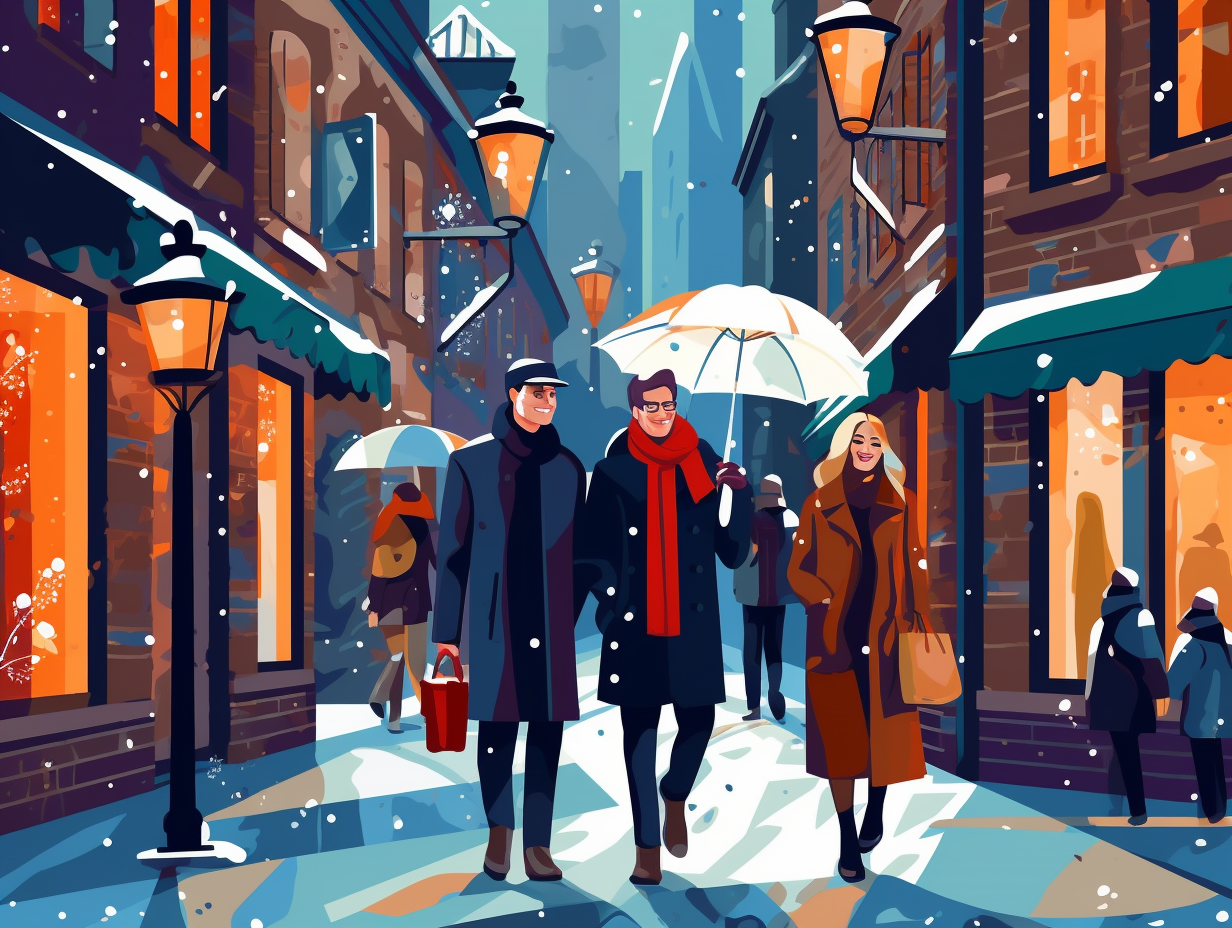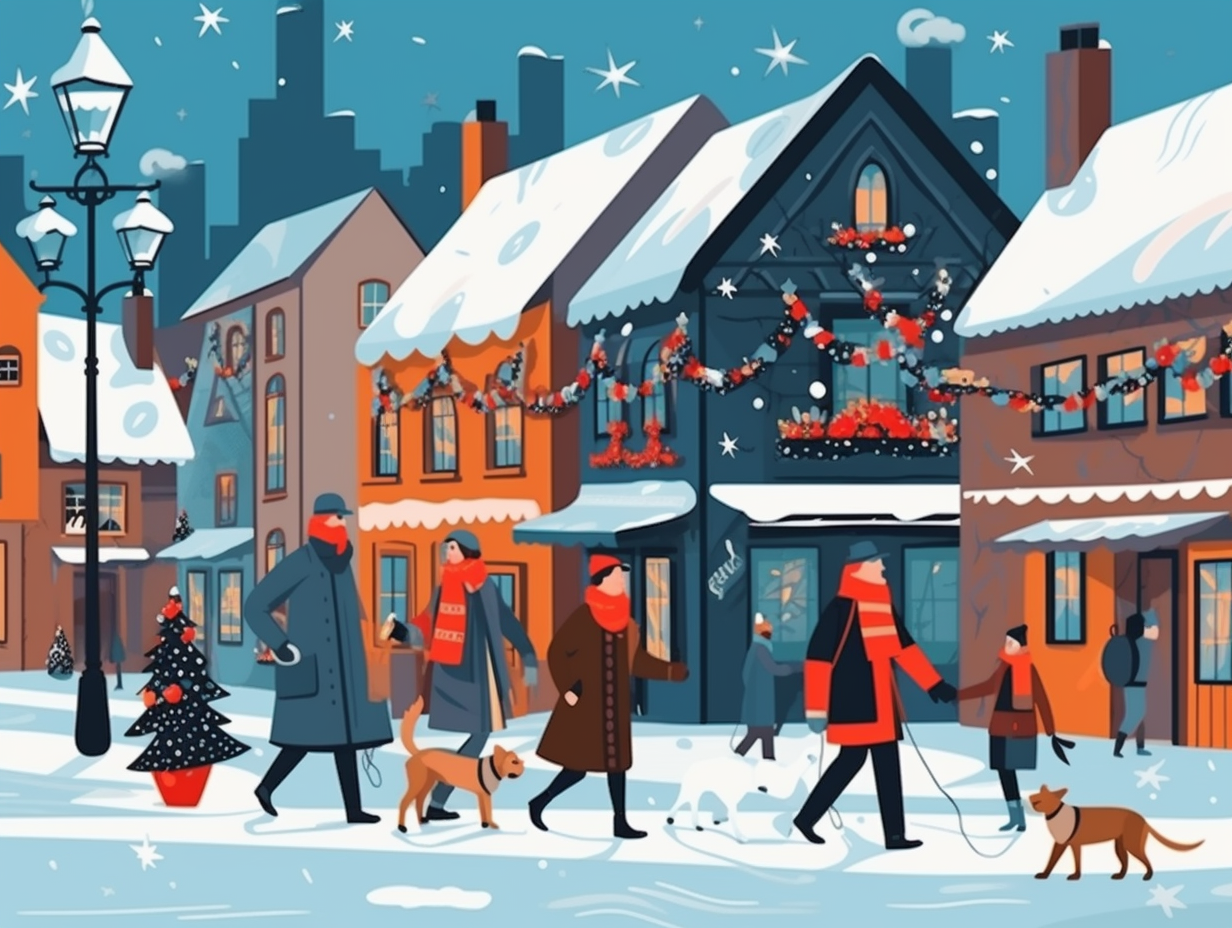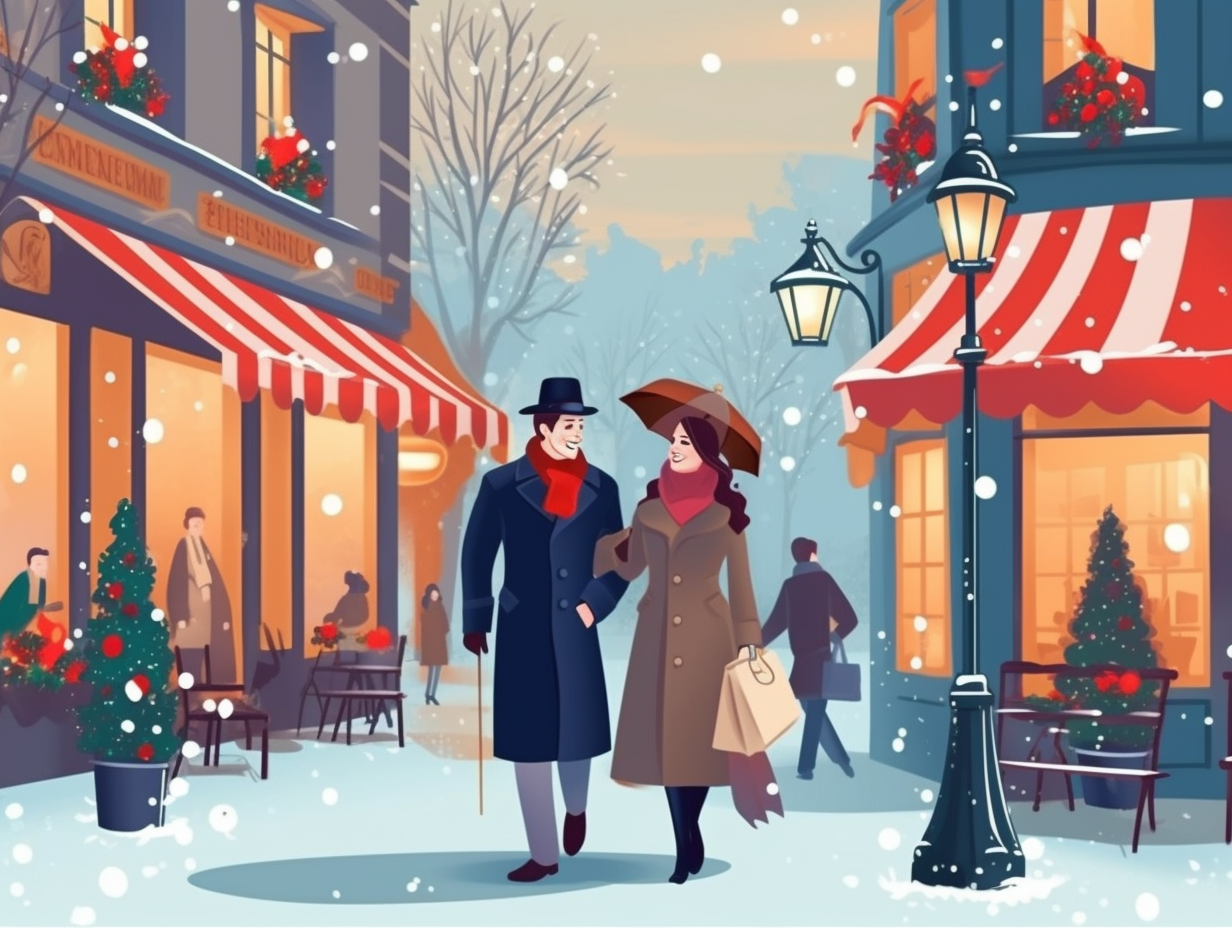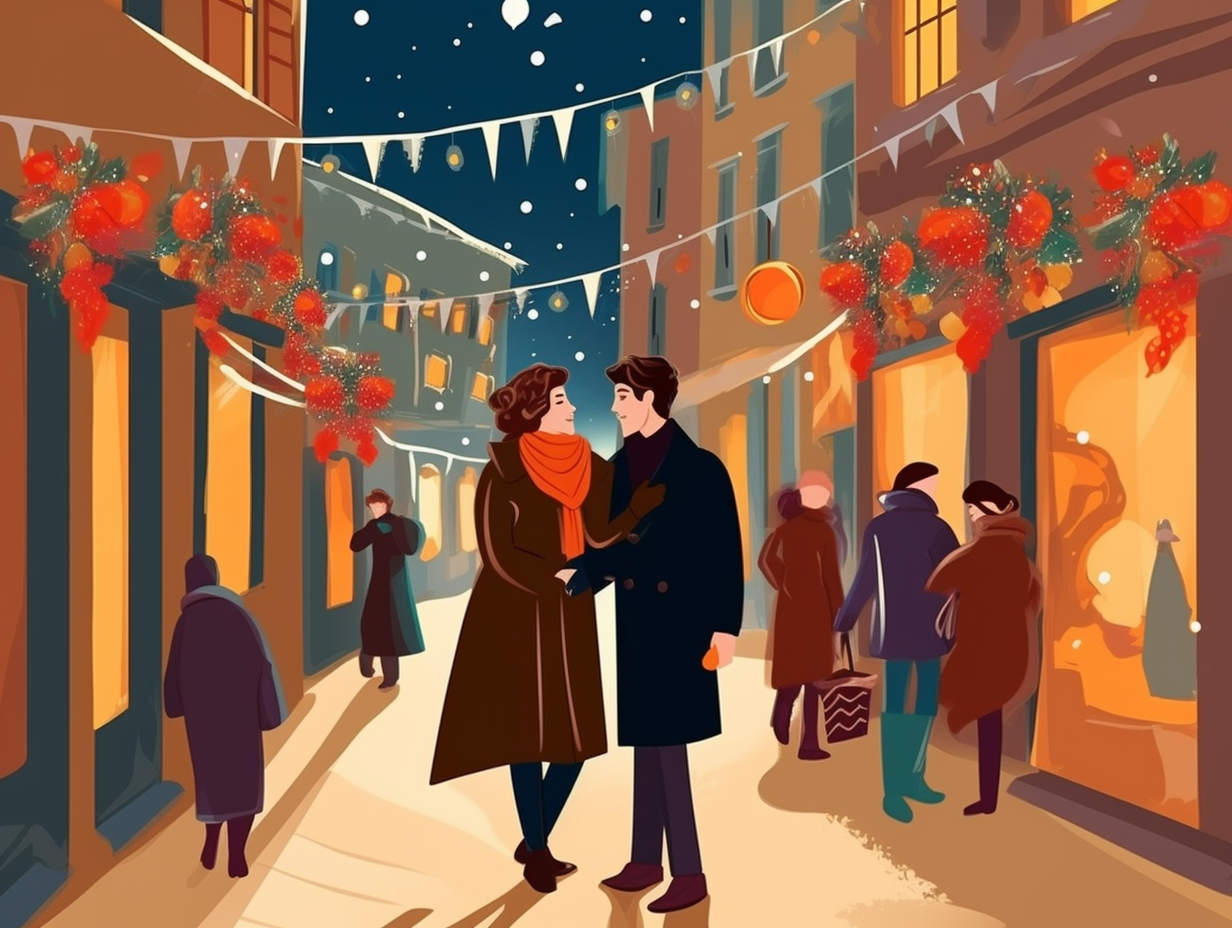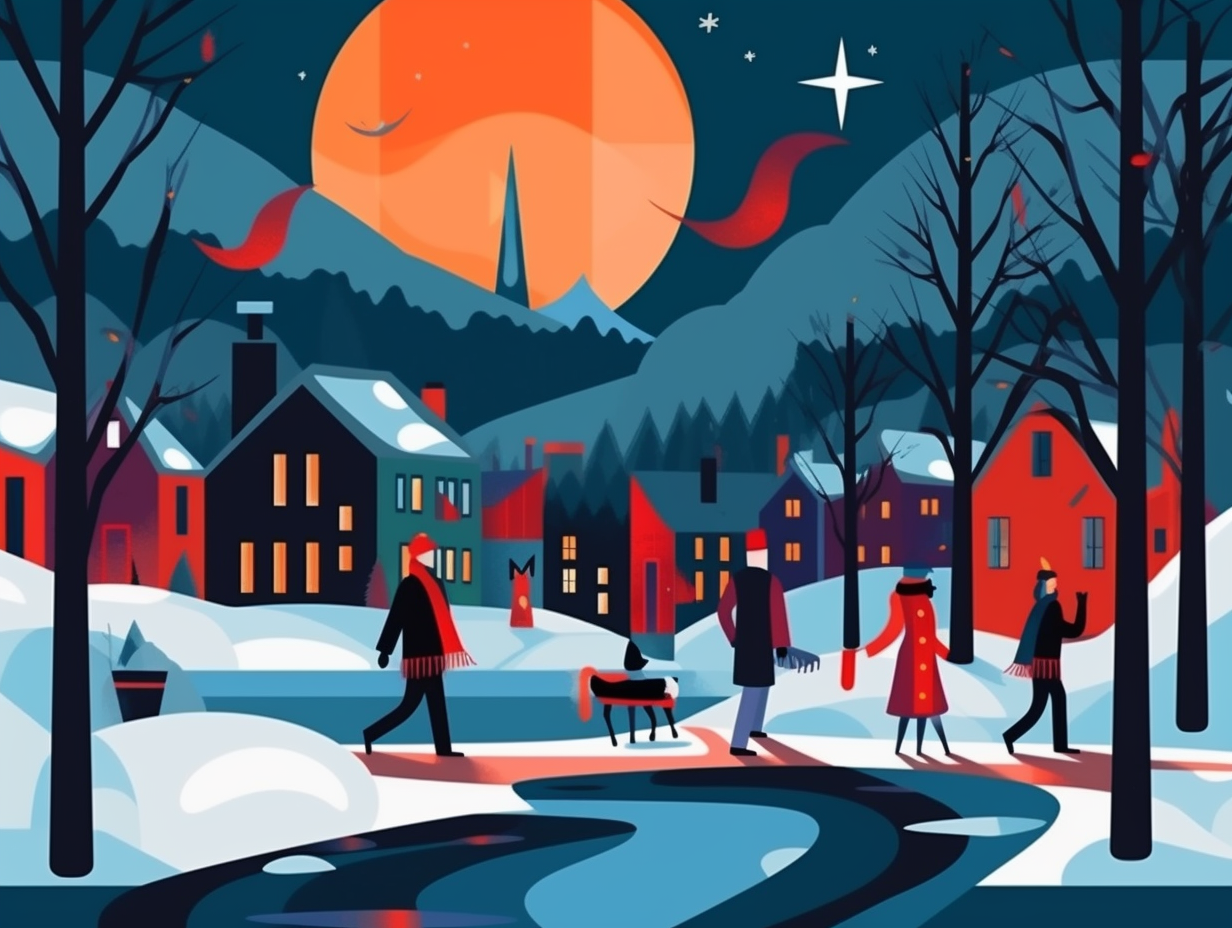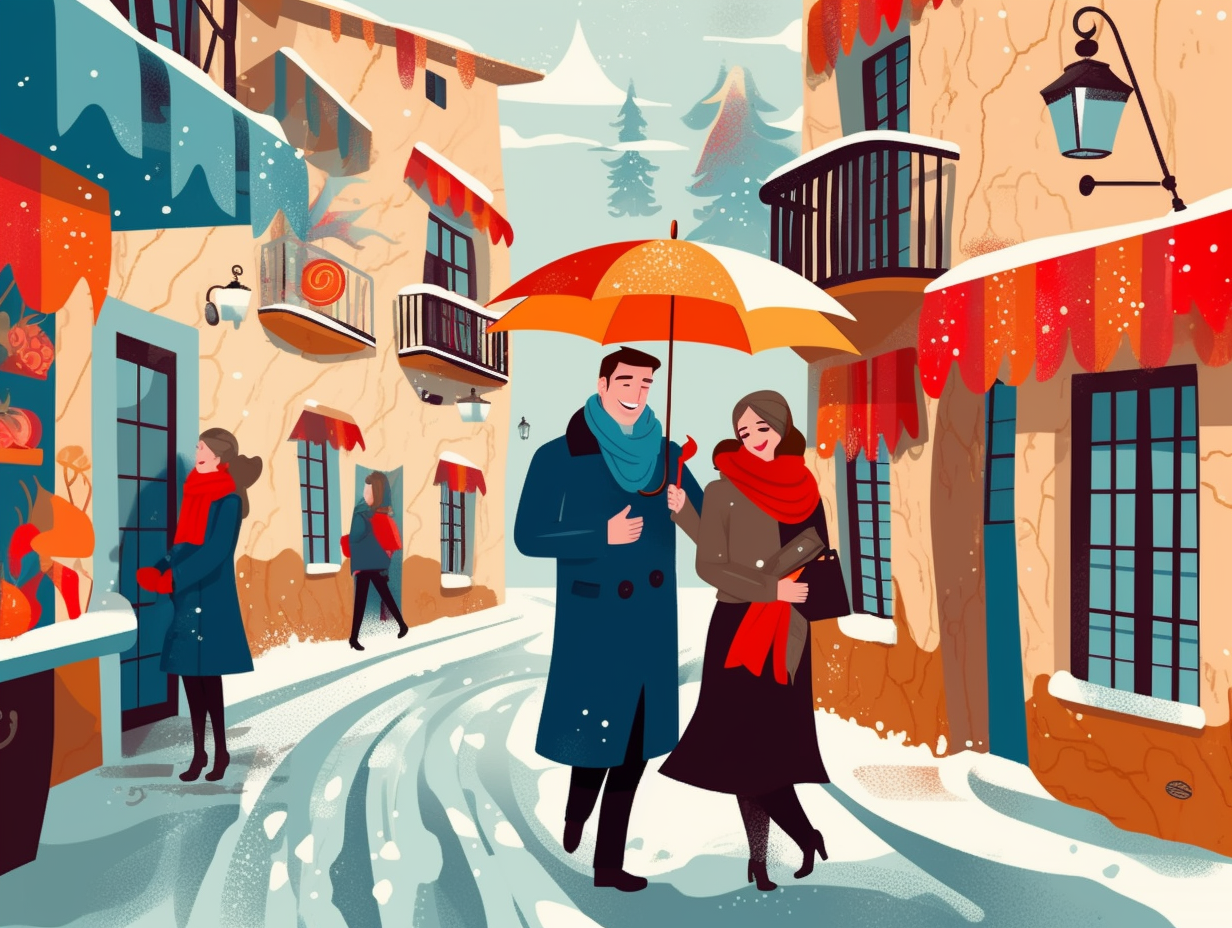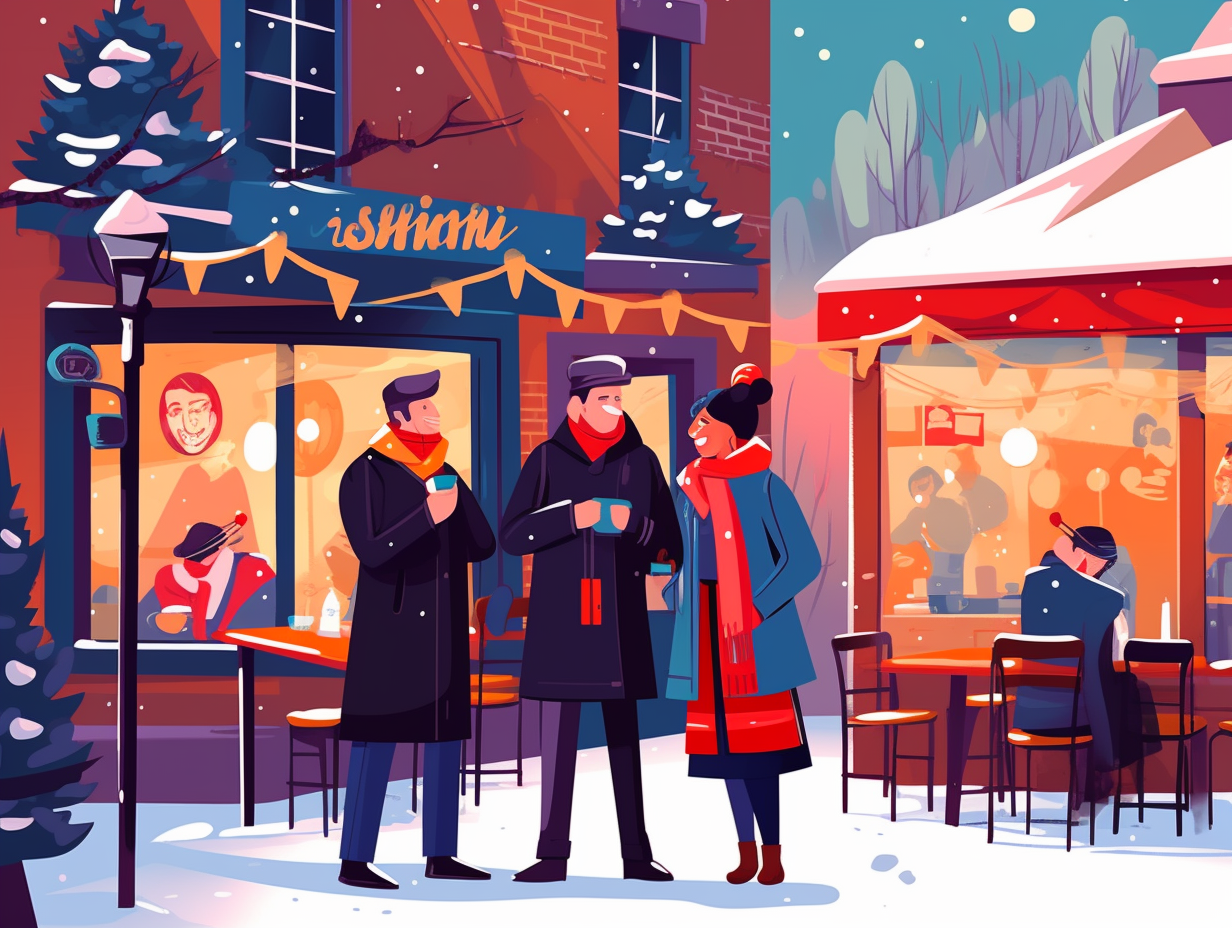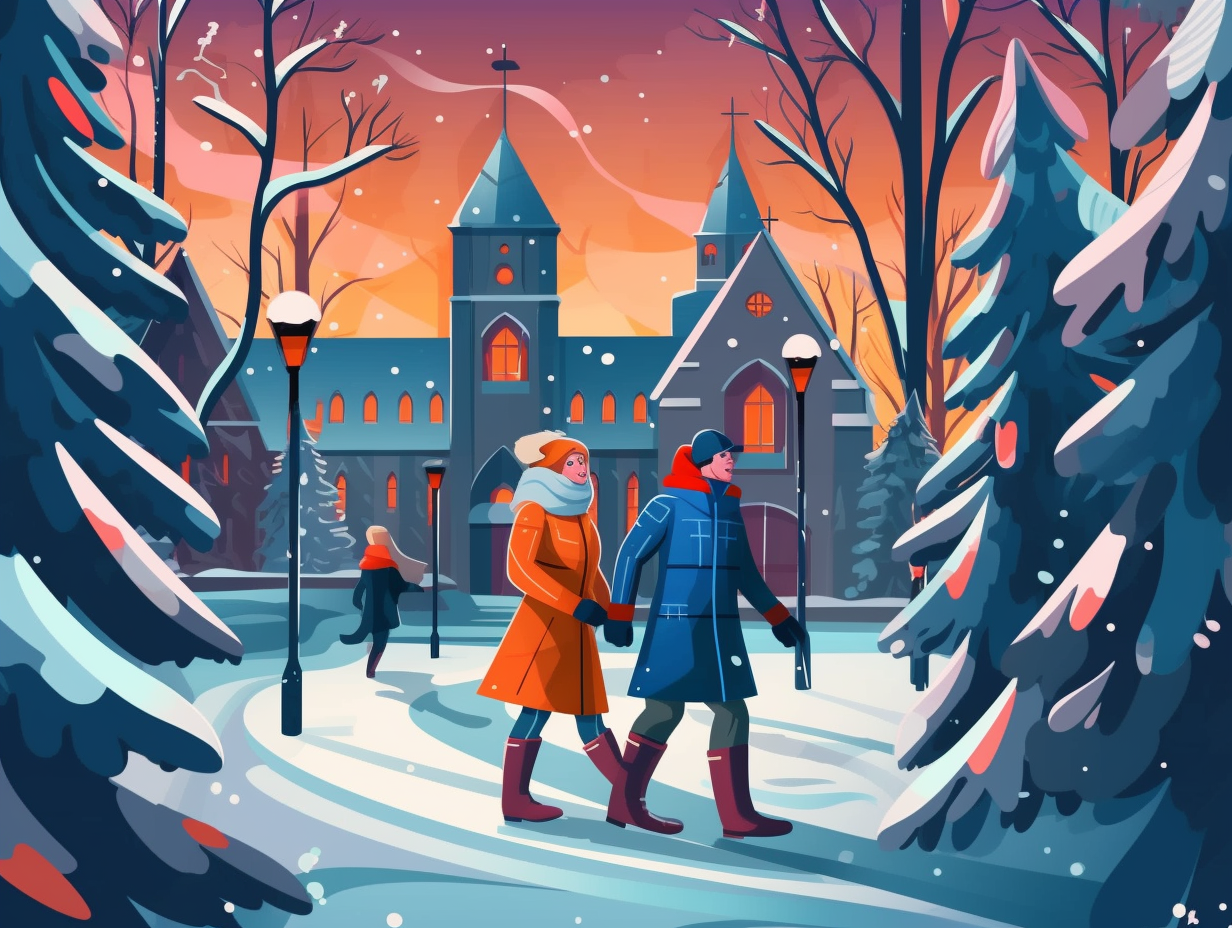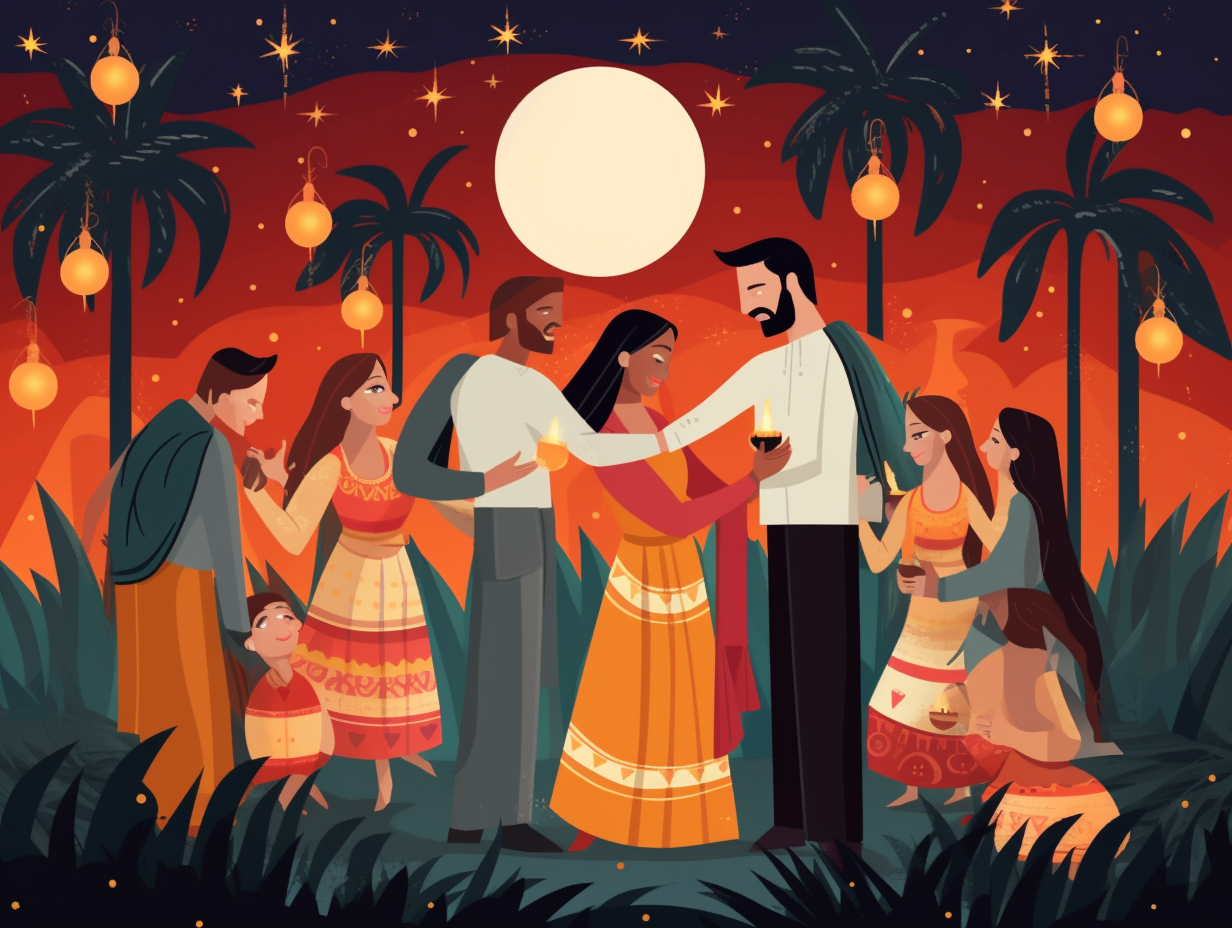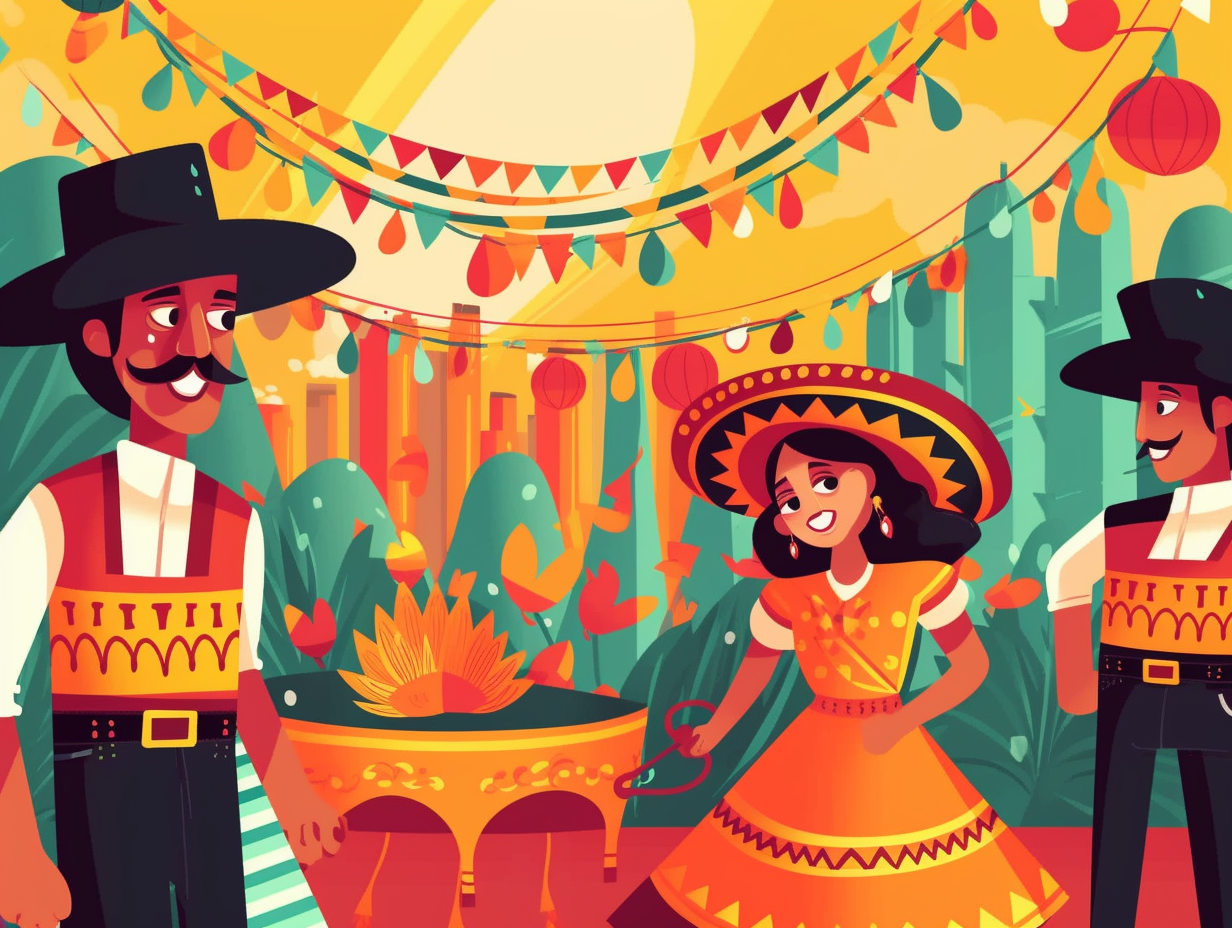Discover 11 Enchanting Fun Facts About Christmas in Germany You Never Knew!
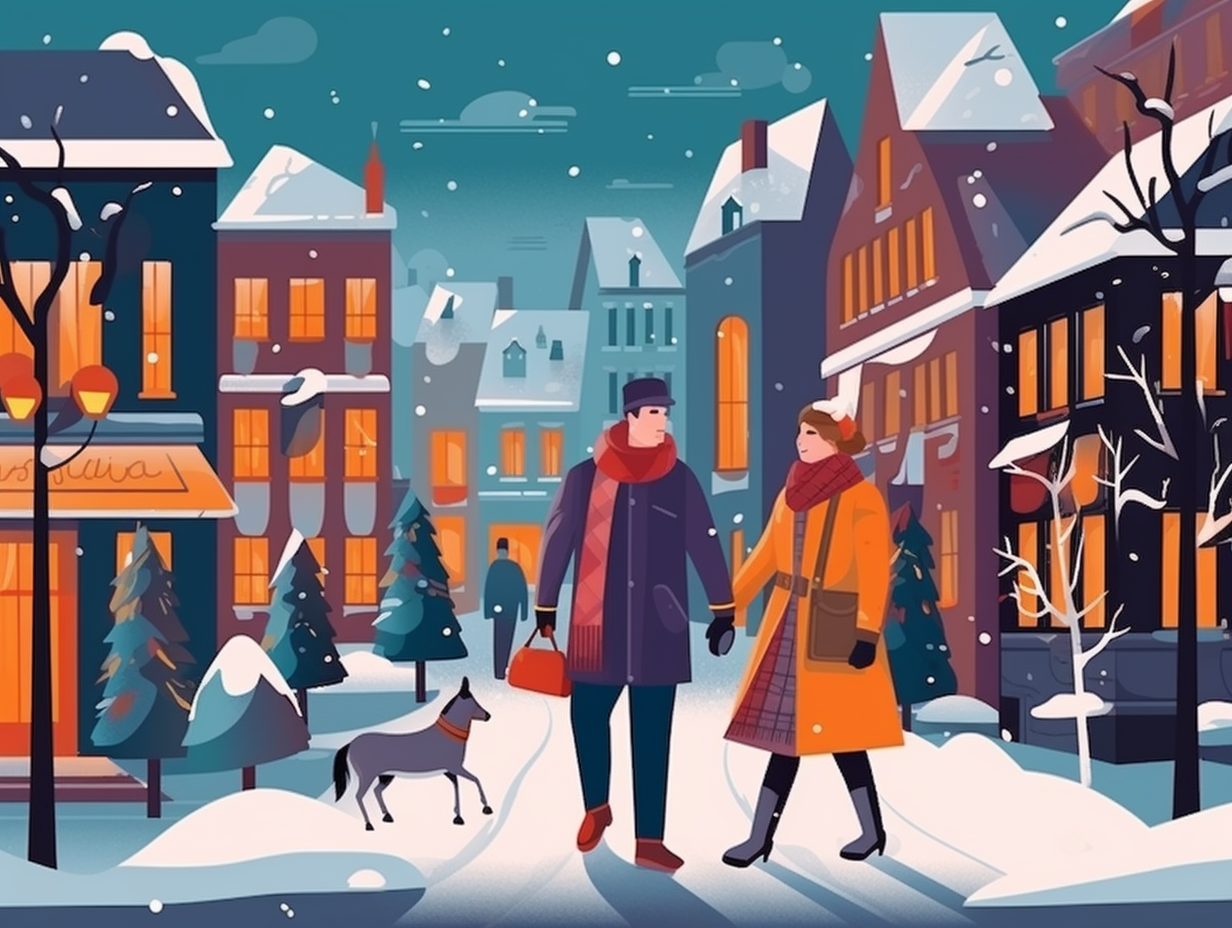
1. Knecht Ruprecht's Kid-Sized Sack
Beware, naughty children of Germany, for when the cloak-wearing, stick-wielding Knecht Ruprecht comes a-knockin', it might just be your "bag" of misdeeds that has you drooling with fear: Despite the rumors, Knecht Ruprecht, St Nicholas's wild sidekick in Germany, isn't known for punishing kids during Christmas but rather serves as a helper and carries a suspiciously kid-sized sack for the not-so-good ones.
Source => germangirlinamerica.com
2. Nikolaus-Stiefel Boogie
Boot-scootin' St. Nick style: In Germany, kids rock out a "Nikolaus-Stiefel" boogie on the night of December 5th by placing a boot outside their door, eagerly awaiting a sneaky visit from St. Nicholas, who fills them with sweet treats and small gifts in a centuries-old tradition of good ol' fashioned yuletide cheer.
Source => dw.com

Watch out for Krampus! 🎄👹 In Austria, this fearsome figure roams the streets on December 5th, wearing creepy masks and animal skins. Originally meant to scare misbehaving kids, modern processions are now more orderly - even numbered costumes!
=> Fun Facts about Christmas-In-Austria
3. Advent Wreath Pyromania
While Germans ring in the Christmas cheer with holly-jolly pyromania and market-hopping festivities, kiddos count down to Santa's sleigh ride with sugary surprises and tiny trinkets: In Germany, the Christmas season begins with the Advent tradition where families light a candle on each of the four Sundays leading up to Christmas and gather around an Advent wreath, with children receiving Advent calendars featuring 24 doors that they open daily to reveal a picture, candy, or small toy.
Source => timeanddate.com
4. Three Kings Walk into a German Bar
Three Kings walk into a German bar, and one of them says, "Let's raise millions for charity, but maybe hold the blackface": In Germany, there's a tradition called "Sternsinger" where children dress up as the Three Kings and collect money for projects in poor countries, raising a whopping 45.5 million euros ($50 million) last year alone – but facing controversy for the occasional use of blackface to represent Casper, one of the wise men with dark skin.
Source => dw.com
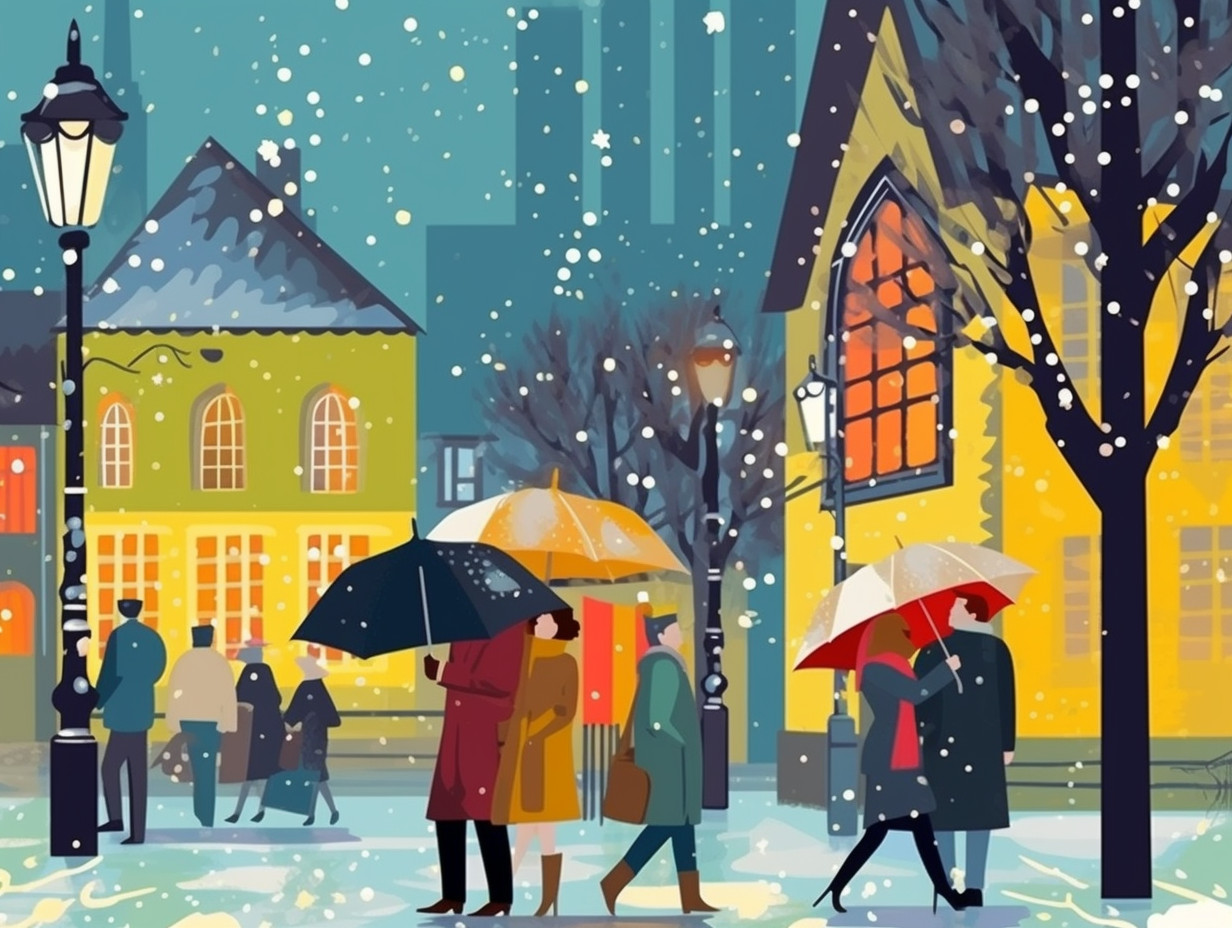
5. Glühwein Merriment
As the wise folks of Germany always say, "In wine, there is truth... and in Glühwein, there is merriment!": Germans meticulously select the perfect dry or semi-dry wine for their festive Glühwein at Christmas markets, favoring bottles such as Dornfelder, Pinot Noir, or Merlot with low tannin and acid content. And in the spirit of their yuletide generosity, German discount supermarket Aldi presents the people with the gift of good-quality, affordable wines like their Intermingle blend of Zinfandel, Merlot, and Cabernet Sauvignon.
Source => mygerman.recipes
6. Marzipan Apple Joy
If an apple a day keeps the doctor away, then a marzipan apple a day might keep the joy meter alight all year round: In Germany, marzipan apples, made with ground almonds, sugar, and egg whites, combined with almond extract, are a sought-after Christmas sweetmeat, filled with delicious apple compote and shrouded in a crispy sugar coating – a dessert, a gift, and an ornament all rolled into one scrumptious shiny orb.
Source => shariblogs.com
7. Texas' Gingerbread House Record
Once upon a yuletide tale filled with sugar, spice, and everything architecturally nice, a few ambitious Texan elves decided to break the gingerbread ceiling: Behold the largest gingerbread house ever created, built in 2013 at the Traditions Club in Texas, stretching 18.28 meters long, 12.8 meters wide, and 18.28 meters tall. Constructed with 820kg of butter, 1,327kg of brown sugar, 7,200 eggs, 3,266kg of flour, and 31kg of ground ginger, it boasts a tooth-aching 35.8 million calories.
Source => theguardian.com
8. Wei(h)n Alotta Time: Weihnachten
Germans sure know how to have a wei(h)n alotta time during Christmas: the festive season is called "Weihnachten," derived from Middle High German's "ze den wihen nahten" which means "in the consecrated, holy nights," and celebrations include Christmas markets filled with treats like Lebkuchen (gingerbread), Weihnachtsplätzchen (cookies), and some merry sips of "Glühwein" (mulled wine).
Source => fluentin3months.com
9. Germany's Winged Celeb: The Christkind
In Germany, the Christmas season means children are visited by a gift-bearing celeb with angelic locks that rival those of Taylor Swift – and yes, she's got wings too: The Christkind, a young girl dressed in white and gold, is not baby Jesus but a symbol of Christ's birthday, introduced by Martin Luther as an alternative to Catholic Saints. During Advent, eager German children leave letters for her on their windowsills and can snap some magical pictures with her at holiday markets, making this winged wonder a cherished part of their yuletide festivities.
Source => onegermanamericangirl.com
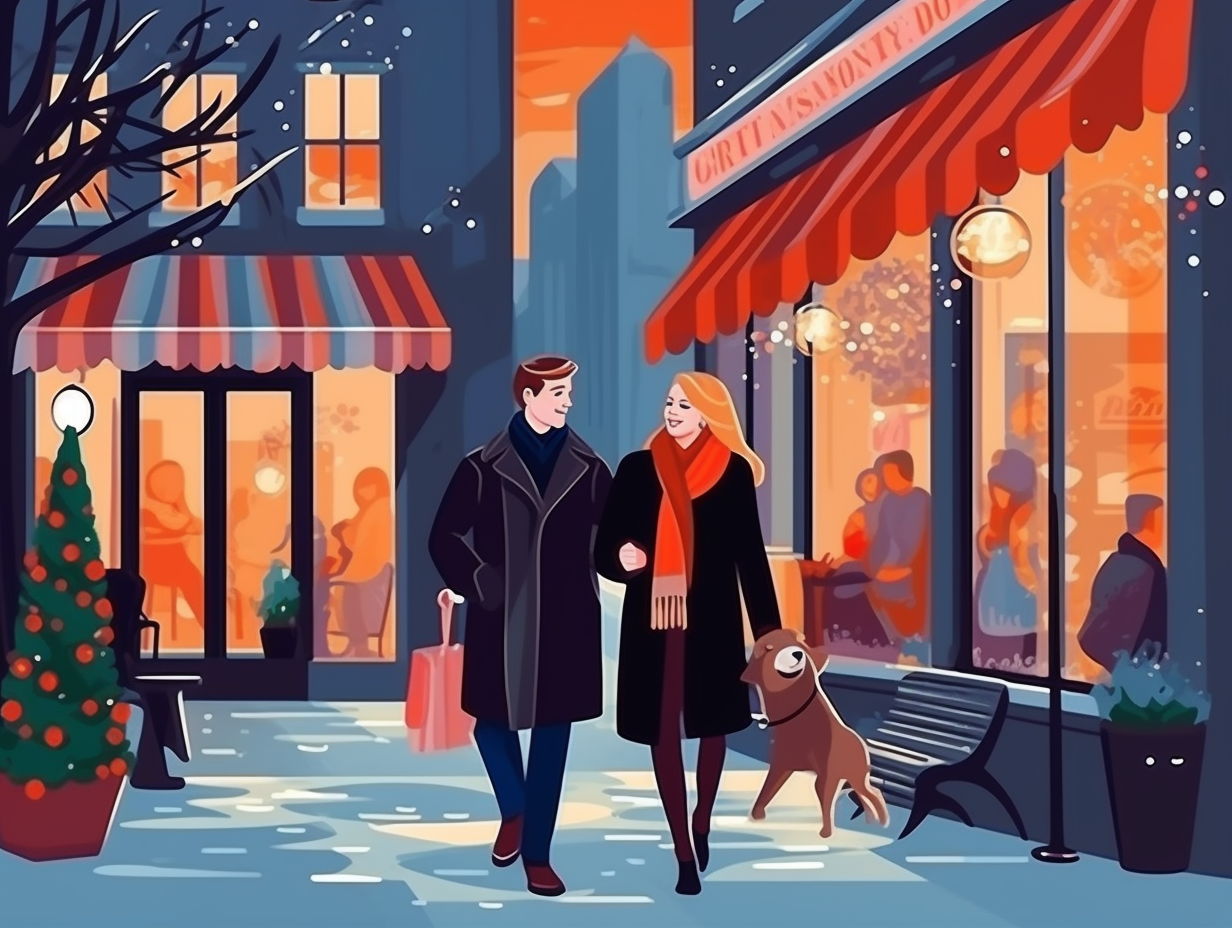
10. Frisky Ice Sculptures in 1511
Who needs political satire when you have frisky ice sculptures?: In 1511, Brussels citizens crafted over 100 raunchy and rebellious snowmen during a harsh winter, channeling their frustrations and anxiety into sculpting politically-charged parodies, sexually explicit depictions of royalty, and tongue-in-cheek portrayals of folklore figures.
Source => atlasobscura.com
11. Fortune Forecasting Bird's Nest Ornaments
Who needs a partridge in a pear tree when you can have a bird's nest in your Tannenbaum for a fortune forecast: In Germany, finding a bird's nest hidden within your Christmas tree is considered a harbinger of good luck and prosperity, leading to the popularity of bird's nest ornaments that symbolize love, commitment, and the efforts for a happy home, deeply rooted in German and European traditions.
Source => countryliving.com
Related Fun Facts

